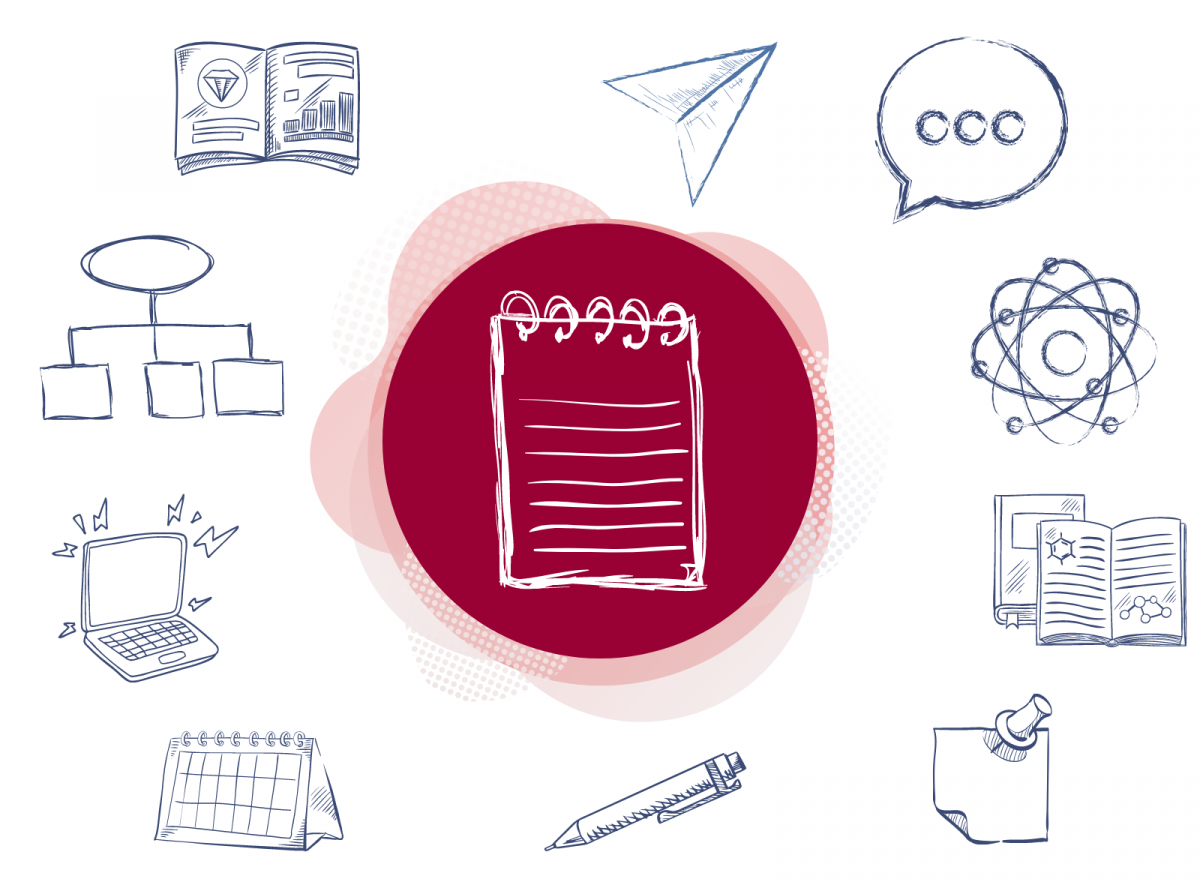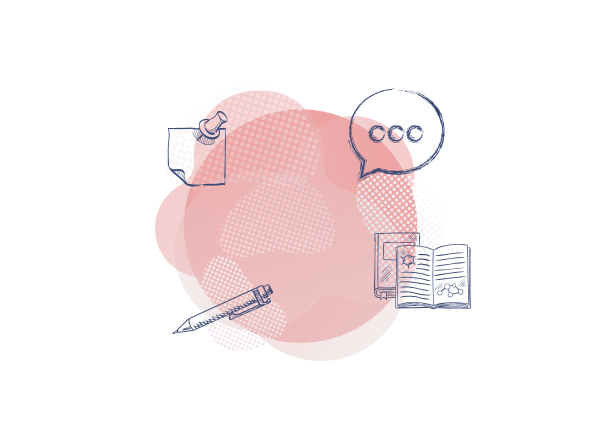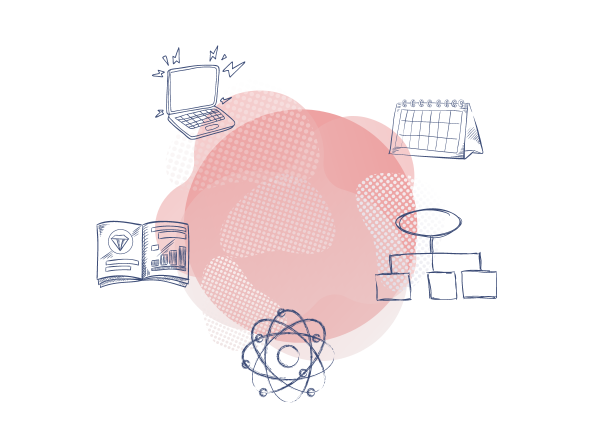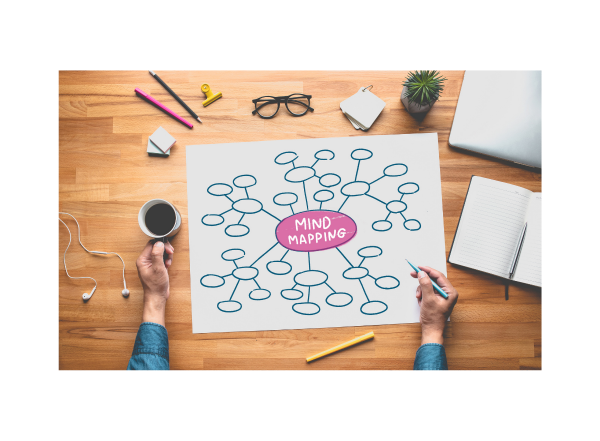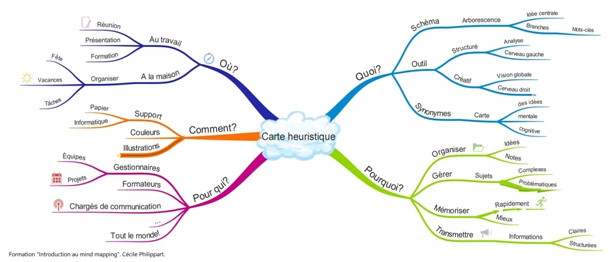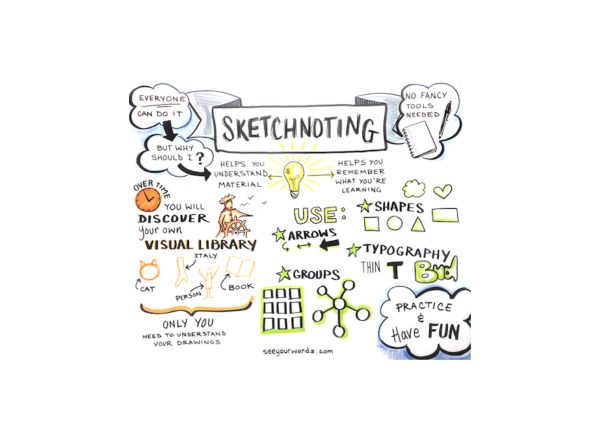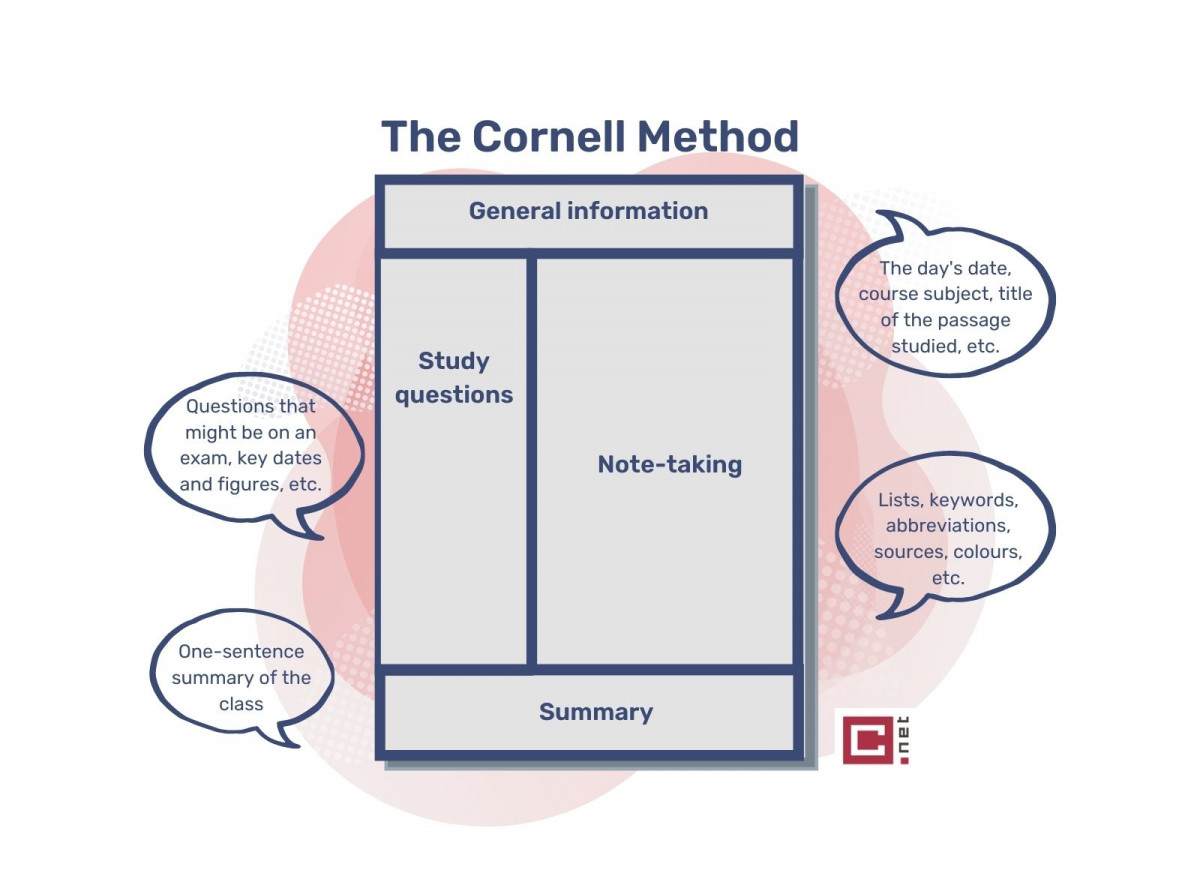What tools can I use to make it easier to collect information?
Pen 🖊 or keyboard 💻 ?
Notes: paper or digital
Handwritten notes require only two tools: paper and a pen. Notes by hand don't need battery and rarely have technical difficulties. Lean toward handwritten notes if you want to draw interesting ideas, if you like to write and if you're more organised when using a pen.
Digital notes require only one tool: a computer or tablet. Lean toward digital notes if you're writing down a link to a website, if you're pasting an image or graphic, or if you're doing additional research on a subject. You can take advantage of this by learning some keyboard shortcuts to save time.
And why not both 🖊💻 ?
Depending on the subject matter, you may be more comfortable with paper or digital. You can alternate between handwritten and digital notes throughout the day, but it would be difficult to alternate within the same class.
Choose the note-taking method with which you are most effective.
Tools: software and application
Check out the benefits of these examples of software and applications, based on "The 7 best free note-taking software solutions" from the site pme-web.com, Matthieu Corthésy , 01/31/2019.
- Available on all platforms
- Advanced search in notes
- Chrome extension
- Integrated with Google tools (Gmail, Google Docs, Calendar)
- Easy to use
- High-performance filing system
- Perfectly integrated with Microsoft Office
- Integration with the Zoho office suite
- Intuitive interface
- Efficient mobile syncing


